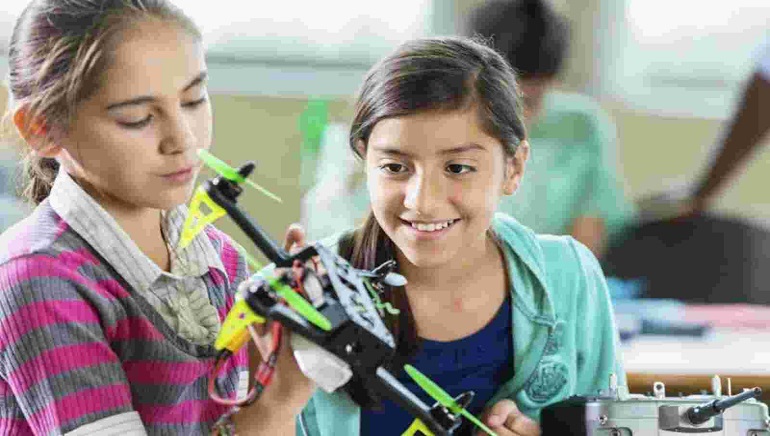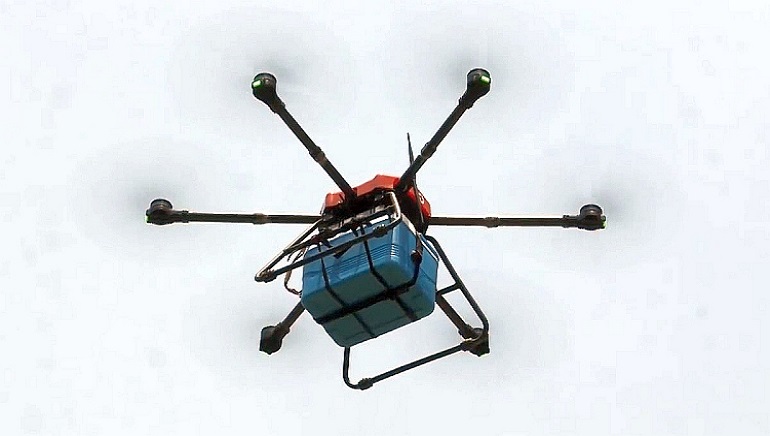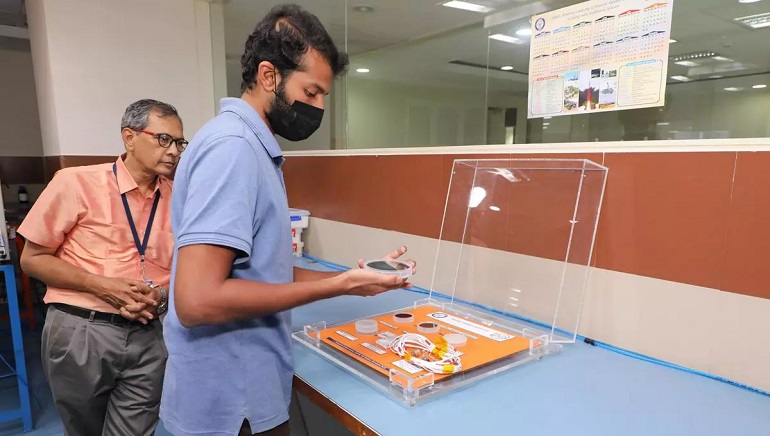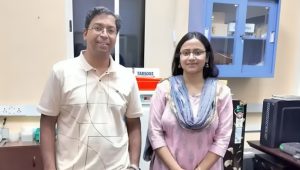Singapore ranks first globally in fixed broadband speed with a median download speed of 242.01 Mbps, says Ookla’s Speedtest Global Index for April. The index also found Qatar to be first globally in mobile internet speed with a median download speed of 189.98 Mbps.
The Asian city-state is followed by Chile, the UAE, China, Hong Kong (SAR), Thailand, the US, Denmark, Spain and Romania in fixed broadband speed. Meanwhile, the Gulf country is followed by the UAE, Macau (SAR), Kuwait, Norway, Denmark, Bahrain, South Korea, China and the Netherlands in mobile internet speed.
In the April index, India ranks 83rd worldwide with a median speed of 51.12 Mbps in fixed broadband, climbing up one spot from March. It has ranked 60th globally with a median mobile internet speed of 36.35 Mbps, climbing from 64th position in March. Its mobile data speed increased by 115 per cent in April 2023. With the roll out of 5G network services picking pace, India has moved by four positions in global ranking for median mobile speeds. It is ahead of some G20 nations such as Russia and Argentina.
According to Ookla’s April Speedtest Global Index, Senegal registered the highest increase in rank and gained 16 spots globally, with Qatar ranked first for overall global median mobile speeds. For overall global fixed median speeds, Bahrain registered the highest increase in rank, climbing by 14 spots.






















